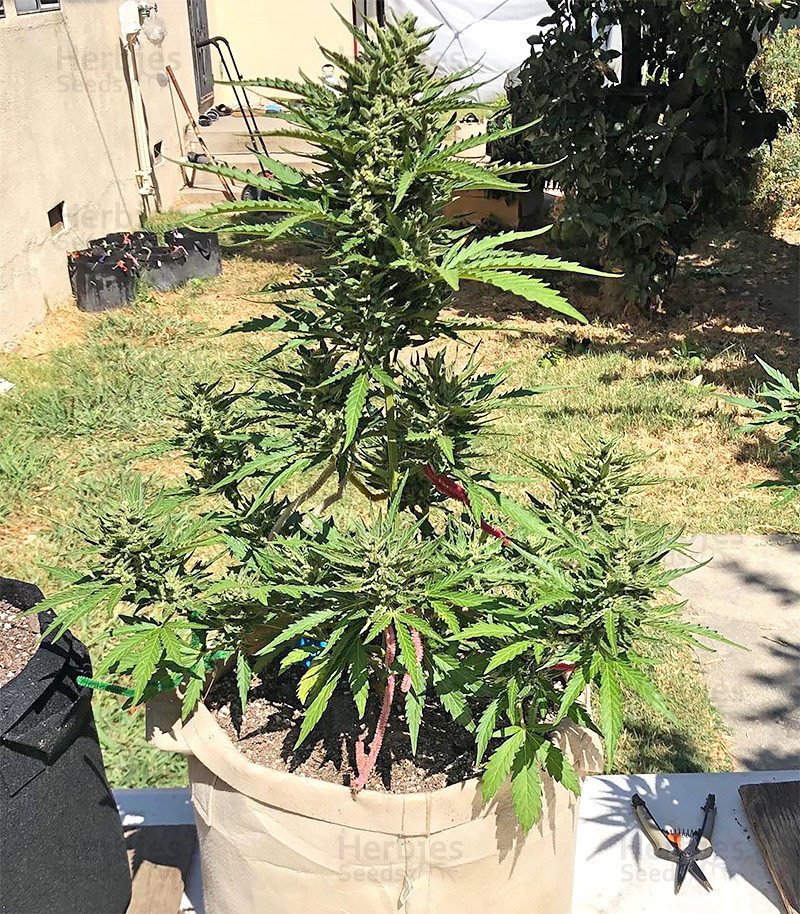Introduction
Indica seeds, derived from the Hashish indica plant, have garnered consideration not only for their therapeutic properties but also for their opportunity environmental effect. As Canada embraces the legalization and commercial cultivation of cannabis, being familiar with the sustainability facets of indica seed production gets to be vital. This post delves into the environmental implications of cultivating indica seeds in Canada, exploring both equally difficulties and prospects for sustainable procedures.
The Environmental Footprint of Indica Seed Cultivation
Indica seed cultivation, like any agricultural endeavor, leaves an ecological footprint. The cultivation course of action involves several phases, every single with its possess environmental implications:
Land Use: Cultivating hashish crops, which include indica, demands land. Big-scale cultivation operations might direct to deforestation or the conversion of organic habitats into agricultural land, likely disrupting ecosystems and biodiversity.
Water Consumption: Cannabis plants have varying drinking water necessities through their expansion cycle. Drinking water-intense cultivation strategies, in particular in regions with drinking water shortage, can pressure regional drinking water methods and effect aquatic ecosystems.
Vitality Consumption: Indoor cultivation, widespread in areas with harsh climates like Canada, depends closely on artificial lights, heating, and air flow programs. This electricity-intensive method contributes to greenhouse gasoline emissions and exacerbates local climate improve.
Pesticide Use: Pests and conditions pose important worries to hashish cultivation. Though some producers choose for organic and natural pest manage methods, other folks resort to chemical pesticides, which can contaminate soil, drinking water, and encompassing ecosystems if not managed adequately.
Squander Technology: Cannabis cultivation generates numerous styles of squander, which includes plant substance, packaging, and wastewater from processing amenities. Incorrect disposal of squander can pollute soil and waterways, posing risks to wildlife and human health and fitness.
Sustainability Procedures in Indica Seed Cultivation
Even with these environmental challenges, the hashish field has been actively checking out sustainable techniques to mitigate its ecological footprint. In the context of indica seed cultivation in Canada, several ways exhibit promise:
Out of doors Cultivation: Using all-natural daylight and soil outside can considerably lower the power and drinking water inputs related with cultivation. Outdoor farms can also help biodiversity conservation and limit habitat destruction.
Water Conservation Strategies: Implementing water-successful irrigation techniques, this sort of as drip irrigation or rainwater harvesting, can enable minimize h2o consumption in hashish cultivation. In addition, optimizing watering schedules primarily based on plant demands can avoid water waste.
Renewable Energy Integration: Transitioning to renewable electrical power resources, these as solar or wind electrical power, can lessen the carbon footprint of indoor cultivation facilities. Incentivizing renewable electricity adoption by way of govt insurance policies can speed up this transition.
Integrated Pest Administration (IPM): Adopting IPM techniques involves utilizing a mix of biological, cultural, and chemical controls to take care of pests whilst minimizing environmental impact. This method prioritizes avoidance and non-harmful options to chemical pesticides.
Waste Management and Recycling: Utilizing recycling programs for plant squander and packaging products can divert squander from landfills. In addition, investing in systems for composting organic and natural squander and dealing with wastewater can lower environmental contamination.
Policy and Regulation
Powerful environmental stewardship in the hashish marketplace demands supportive insurance policies and rules. In Canada, policymakers can advertise sustainability in indica seed cultivation by way of:
Environmental Specifications: Developing rigorous environmental expectations for hashish cultivation functions can be certain compliance with sustainable practices. Certification plans, these kinds of as organic and natural or eco-welcoming certifications, can incentivize producers to adopt environmentally liable procedures.
Study and Innovation Funding: Investing in investigate and enhancement of sustainable cultivation approaches, which includes breeding resilient cultivars and optimizing resource use, can drive innovation in the marketplace. check this link right here now and funding initiatives can assist these types of endeavors.
Carbon Pricing Mechanisms: Applying carbon pricing mechanisms, this sort of as carbon taxes or cap-and-trade devices, can internalize the environmental charges of cannabis production. Income produced can be reinvested in sustainability initiatives and weather adaptation actions.
Schooling and Outreach: Educating cannabis producers and shoppers about the environmental affect of cultivation tactics and the significance of sustainability can foster a culture of environmental accountability. Outreach packages can offer steerage on adopting sustainable procedures.
Summary
Indica seed cultivation in Canada offers both difficulties and possibilities for environmental sustainability. By embracing innovative practices and supportive procedures, the cannabis field can mitigate its ecological footprint and add to a greener foreseeable future. As stakeholders collaborate to prioritize sustainability, indica seed cultivation has the probable to not only fulfill market place needs but also protect the world for long term generations
